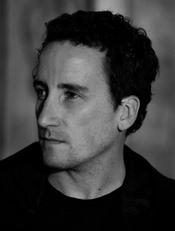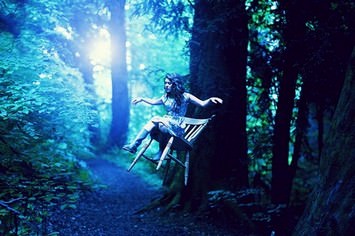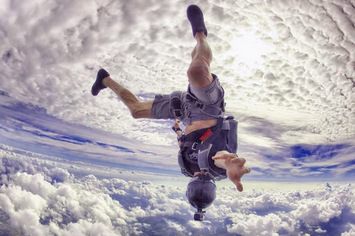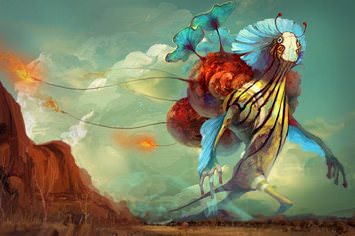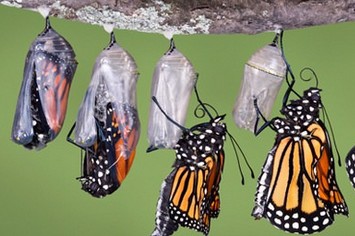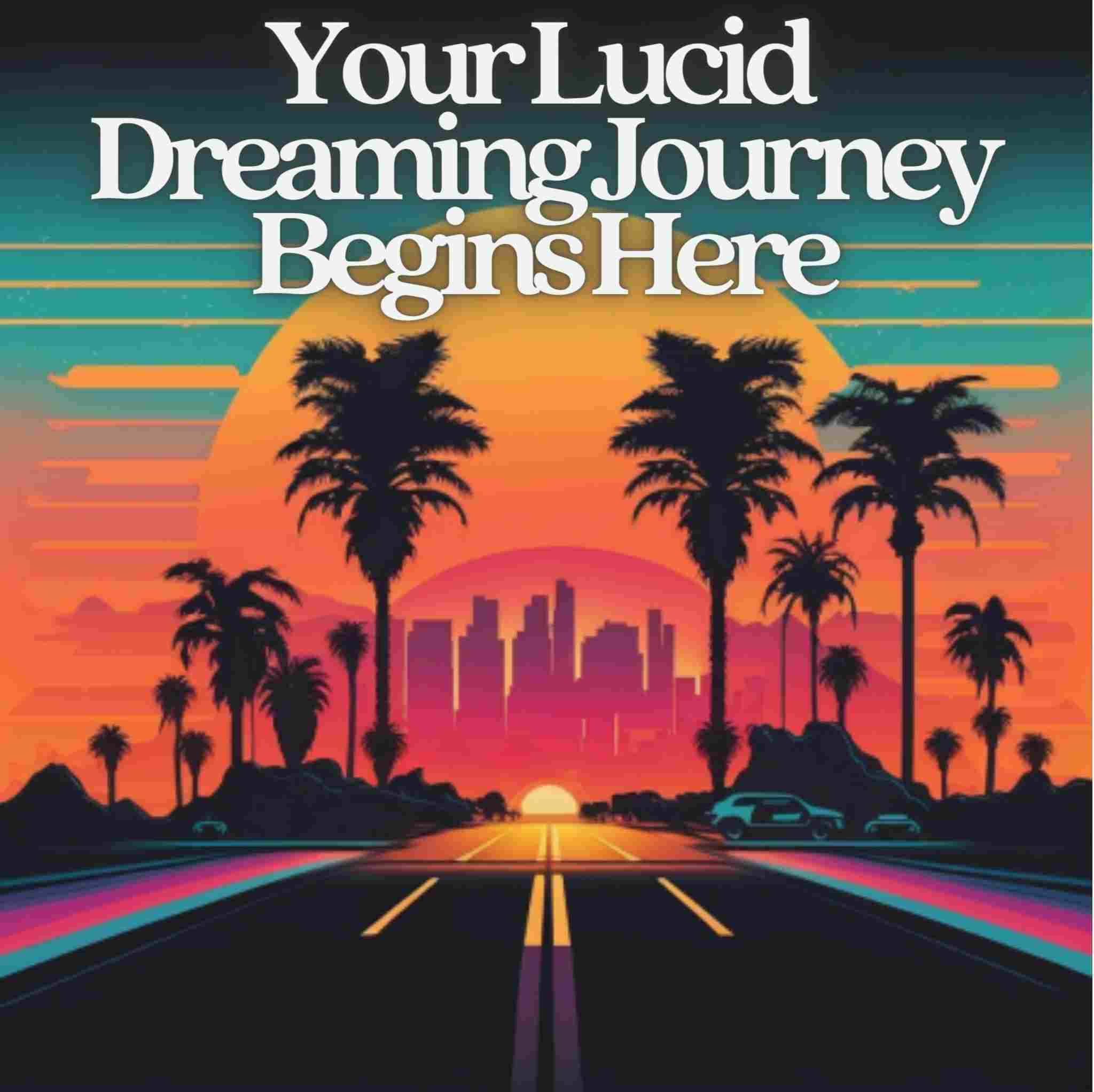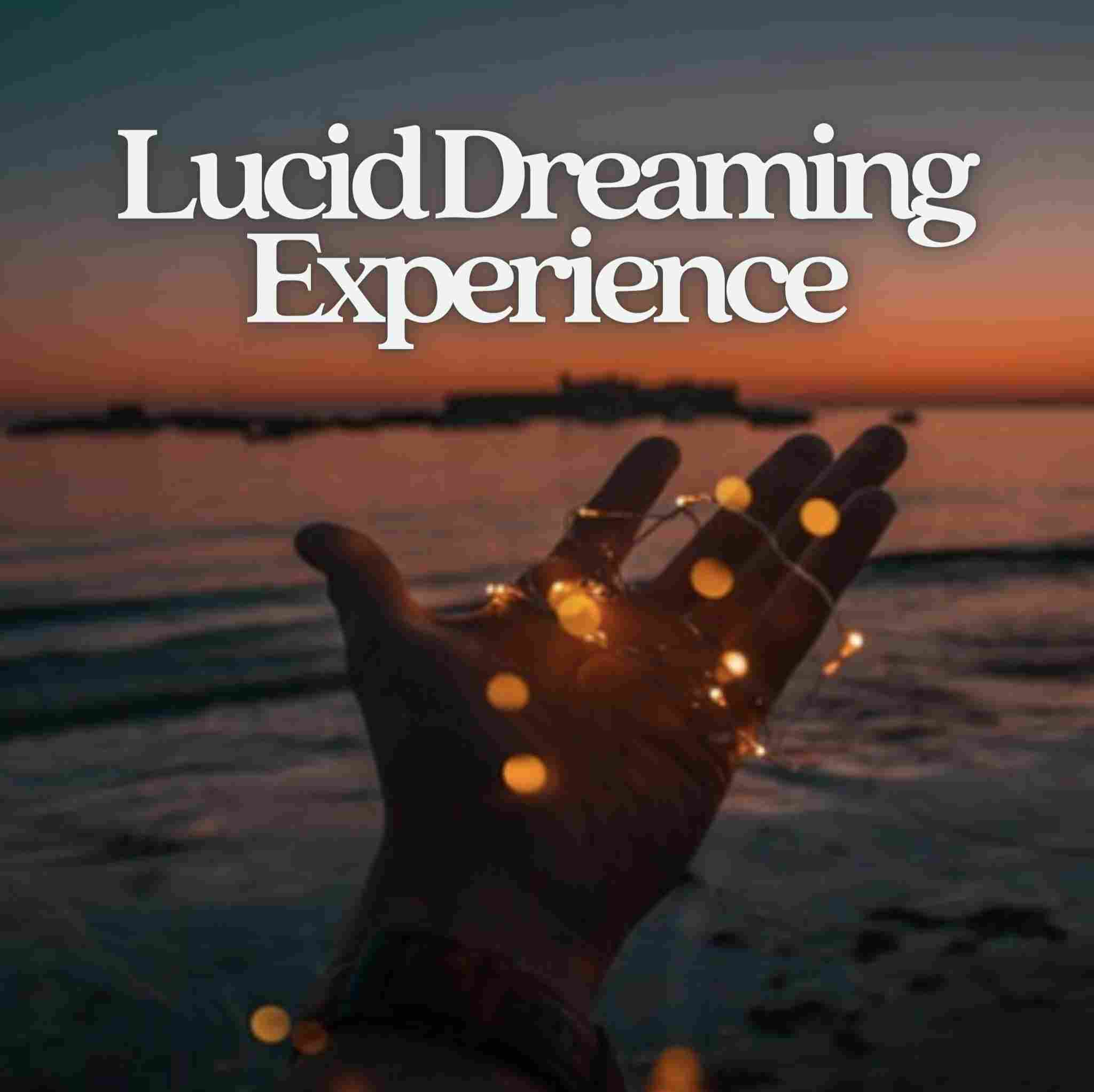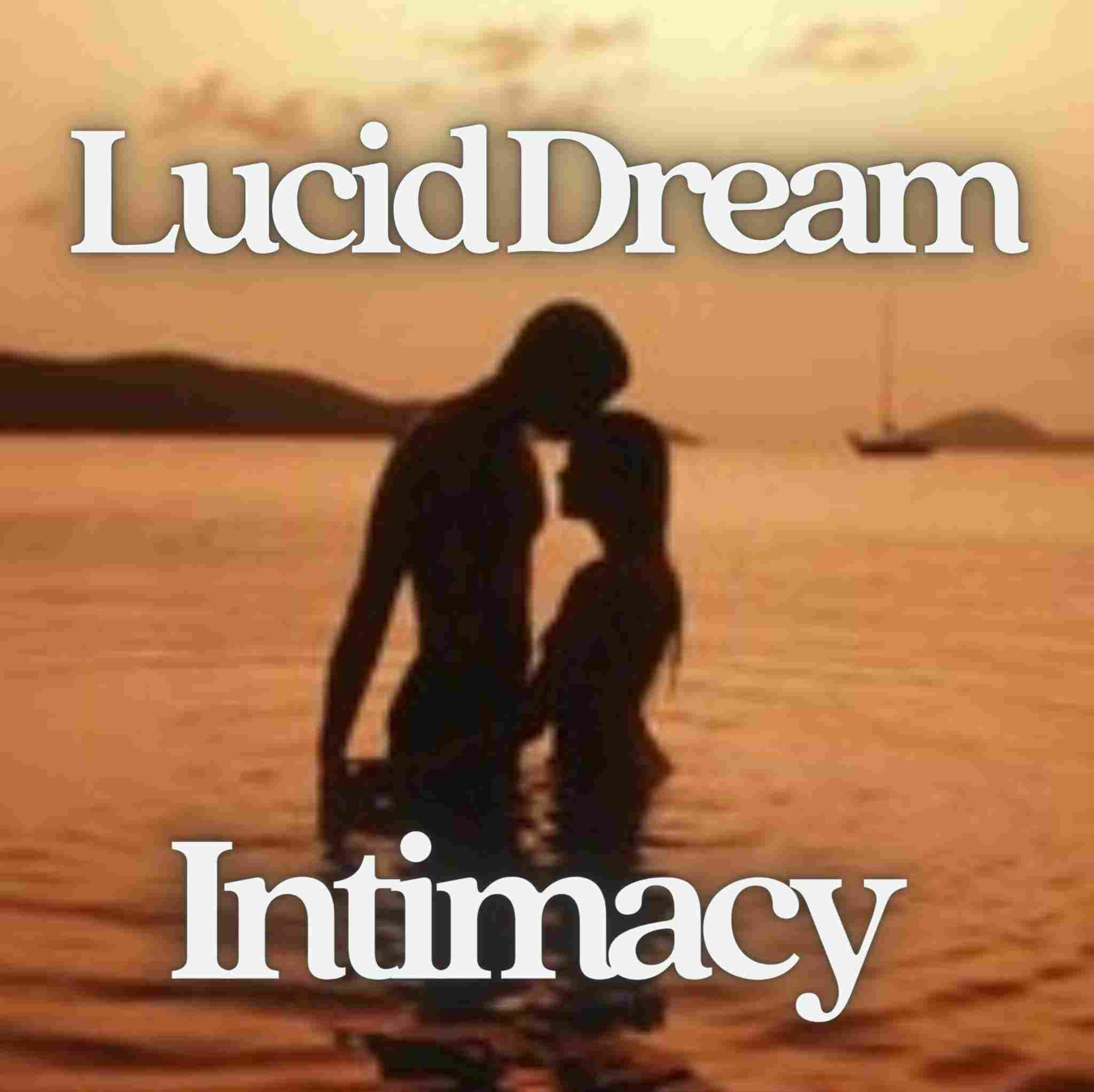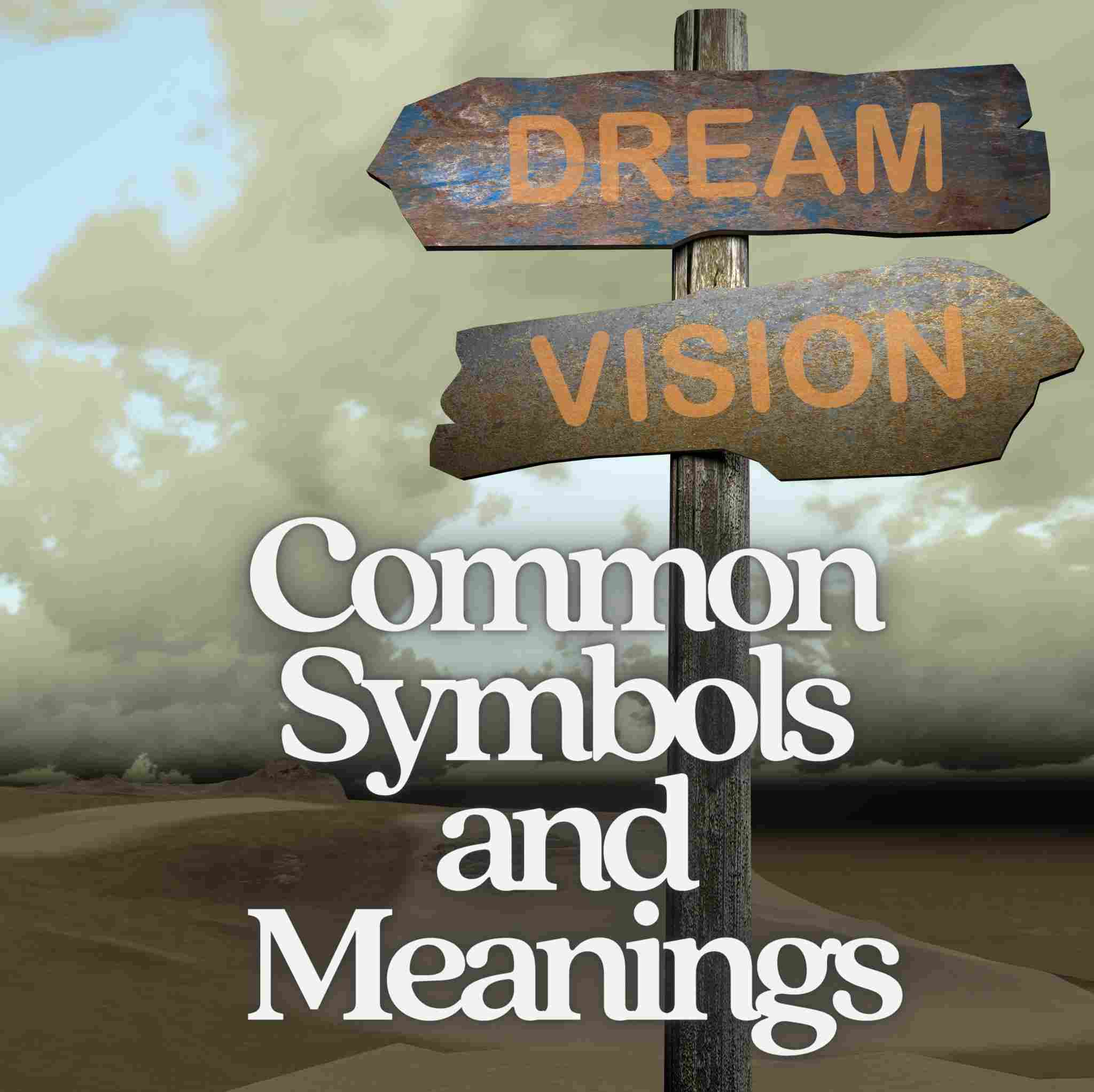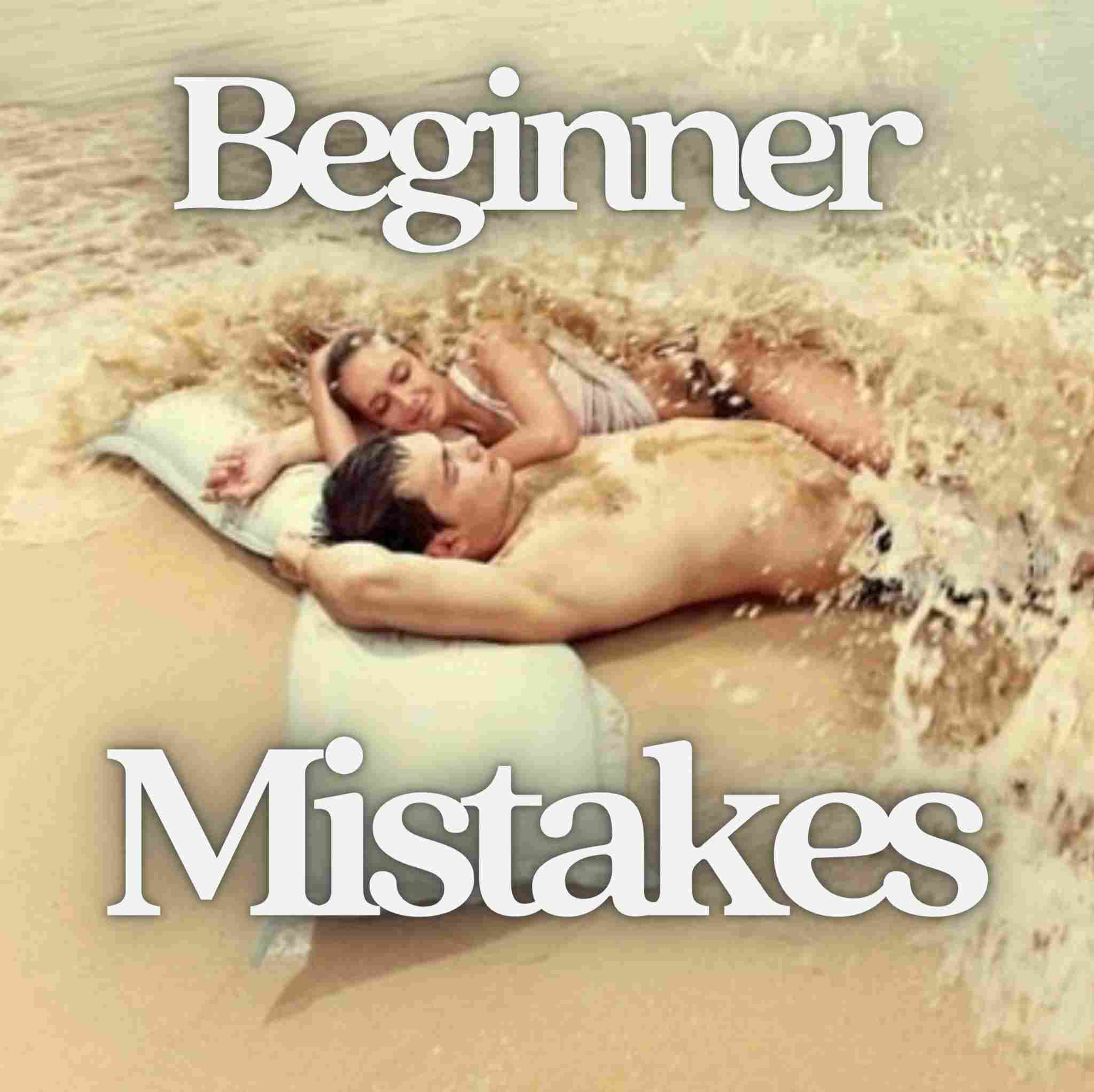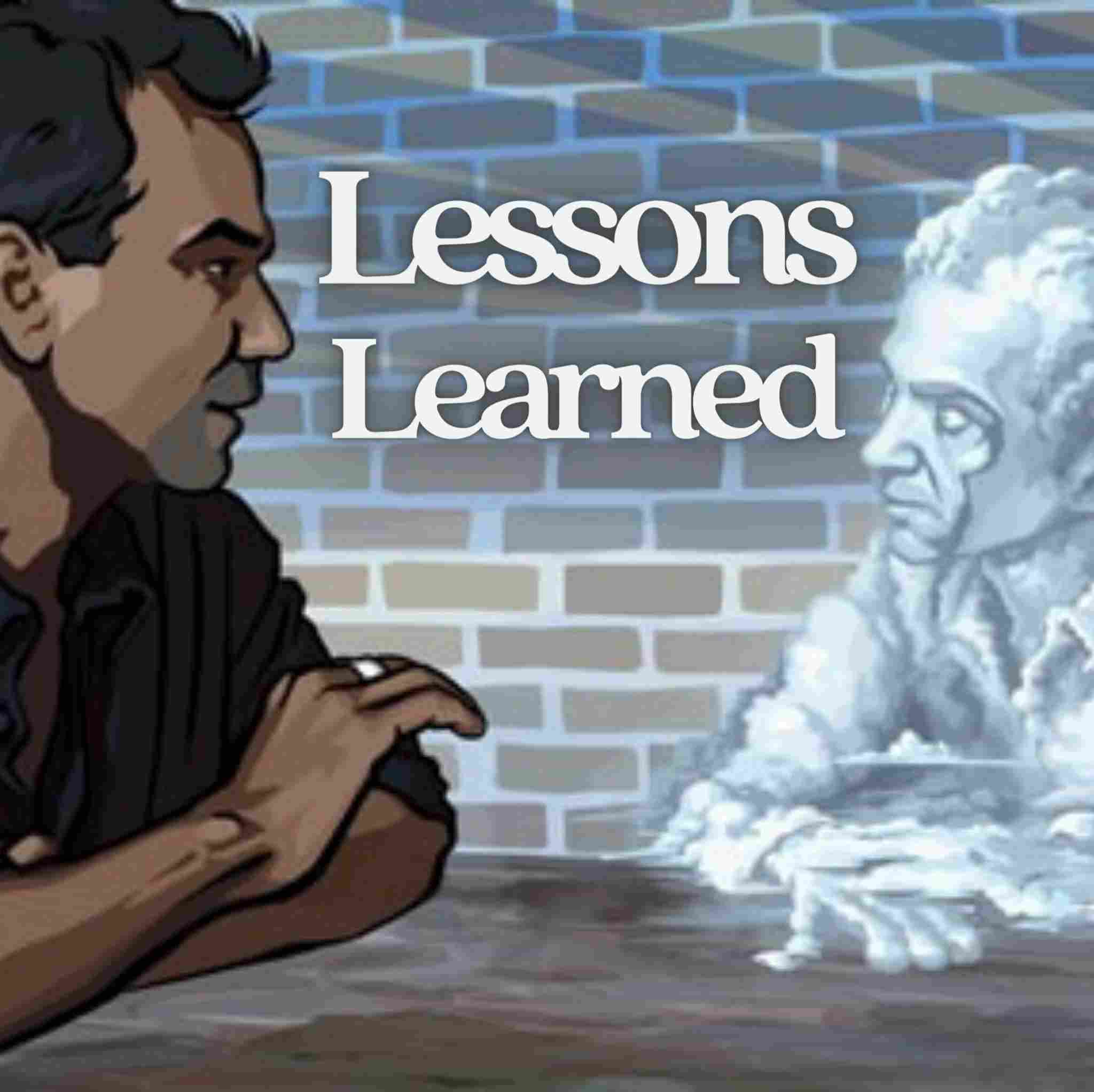Lucid Dreaming Day 2023: April 12th
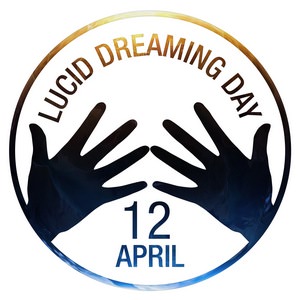
Every year on April 12th, lucid dreamers around the world unite to celebrate the annual Lucid Dreaming Day. Join us in considering the scientific roots of lucid dreaming that make April 12th a landmark date for our community. Plus, find out how your support of this artistic, entertaining, therapeutic and philosophical practice can benefit dreamers for generations to come.
Visit the official Lucid Dreaming Day website to learn more.
One Small Ocular Movement For a Man; One Giant Leap for Mankind
Lucid Dreaming Day falls on the historic date of April 12th when, in 1975, lucid dreaming was first scientifically proven by Dr Keith Hearne.
If lucid dreaming were to be compared to space exploration, then the achievements of English psychologist Keith Hearne could be considered comparable in magnitude to those of NASA during the time of the first moon landing.
For it was Hearne who first demonstrated a method by which we can communicate to the waking world during a lucid dream.
He exploited the nature of Rapid Eye Movements (REM) to have an experienced lucid dreamer called Alan Worsley perform a pre-defined set of eye movements during his lucid dream.
After a false start (in which Worsley performed the routine but the recording equipment had been shut down for the night), Hearne successfully recorded Worsley's smooth and deliberate eye movements on an electro-oculogram (EOG) at around 8am on the morning of April 12th, 1975:
"Suddenly, out of the jumbled senseless tos and fros of the two eye-movement recording channels, a regular set of large zigzags appeared on the chart. Instantly, I was alert and felt the greatest exhilaration on realising that I was observing the first ever deliberate signals sent from within a dream to the outside. The signals were coming from another world - the world of dreams - and they were as exciting as if they were emanating from some other solar system in space."
~ Dr Keith Hearne
Hearne's EOG experiment was formally recognized through publication in the journal for The Society for Psychical Research. Unfortunately, this fell short of the required reading material for most relevant experts and his work went widely unknown.
A few years later, in 1983, Dr Stephen LaBerge performed another lucid dreaming experiment at Stanford University involving eye signaling. He went on to forge a lifelong career in the field of lucid dream research and is a widely known expert on the subject.
The media fell in love with the romantic idea of lucid dreaming being a real phenomenon and today it frequently hits the headlines - curiously, in both science and paranormal media streams.
Both Hearne and LaBerge played significant roles in this field and it's important that we recognize both of their contributions over the years. However, on April 12th, we also like to remember the Neil Armstrong of lucid dreaming. We remember the humble shop worker, Alan Worsley, and his landmark eye movement signals that formally communicated to the world of science: lucid dreaming is real.
The Future of Lucid Dreaming
Lucid dreaming is increasingly becoming a household term thanks to music, movies and literature contributing to its presence in popular culture. With this momentum, we'd like to continue raising awareness of lucid dreaming as a learnable skill, helping the students of tomorrow to:
- Launch their own journey of lucid dreams
- Enter the field of sleep and dream research
- Develop improved lucid dreaming technologies
- Explore lucid dreams as a therapeutic practice
- Use lucid dreams to create music, art and literature
- Use lucid dreams to solve scientific and technical challenges
We believe that if everyone could harness the power of lucid dreams, then our culture, art, technology, science, and belief systems could positively evolve in a new direction. Humans could be enriched as a result, both individually and as a species. And that is the spirit behind Lucid Dreaming Day.
